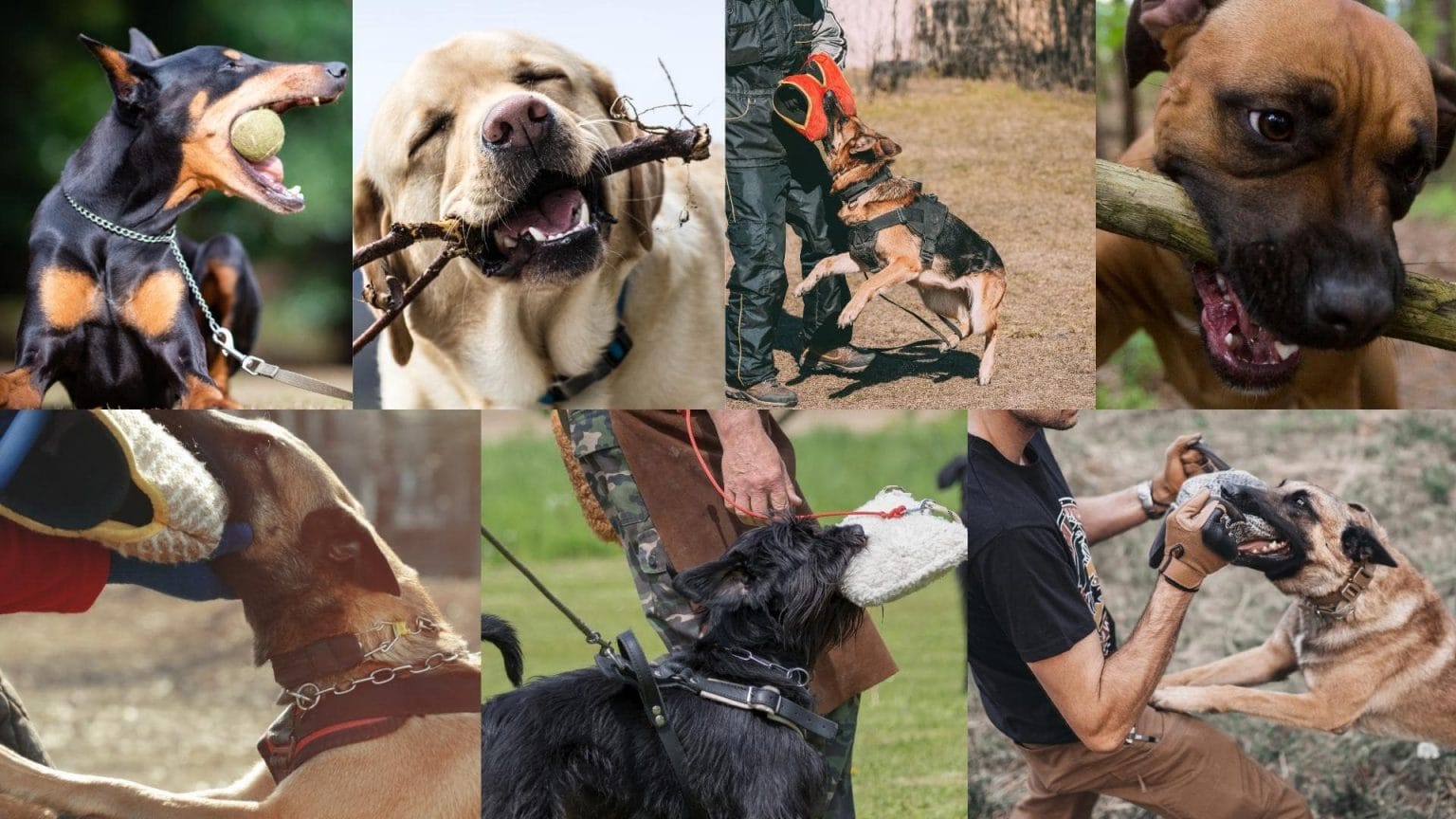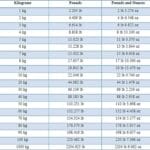Unmasking the Bite: How Strong is a Lion’s Bite?
Lions are renowned for their majestic manes and earth-shaking roars, but their bite is a force to be reckoned with. Capable of crushing bone and taking down prey far larger than themselves, a lion’s bite is a marvel of nature’s design. But just how powerful is it?
The average lion bites with an estimated force of 650 pounds per square inch (psi). To put that in perspective, the average human bite exerts a mere 160 psi. That means a lion’s bite is over four times stronger!
But it gets even more impressive. Some lions, particularly large, fully-grown males, are believed to be capable of generating bite forces exceeding 1000 psi – a level of power rivaling that of tigers!
This incredible strength isn’t just about massive jaw muscles. Lions have evolved specialized teeth that act like serrated knives, perfectly designed to pierce through flesh and tear muscle. Combine these teeth with their powerful jaws, and you have a predator capable of taking down large prey like zebras and wildebeest, even crushing bones to reach the nutrient-rich marrow inside.
A powerful bite isn’t just about hunting; it’s also about survival and dominance. In the competitive world of lions, a stronger bite provides a significant advantage in battles for territory, mating rights, and even the best spot at a kill.
Factors That Can Influence Bite Force:
- Age: Just like humans, young lions have weaker bites. Their bite strength increases as they mature and their skulls fully develop.
- Size: It’s probably no surprise that bigger, heavier lions tend to have more powerful bites.
- Sex: Due to their larger size and the intense competition they face, male lions have typically evolved to have stronger bites than females.
- Tooth Condition: Just as a dull knife doesn’t cut effectively, worn or damaged teeth can significantly weaken a lion’s bite force.
Do Lions Have a 1000 psi Bite Force?
While the commonly accepted average for a lion’s bite force hovers around 650 psi, there is ongoing debate surrounding the possibility of them reaching the awe-inspiring 1000 psi mark.
Several factors contribute to the potential for a higher bite force in lions:
- Size and Gender: Larger, more muscular male lions are likely to have a stronger bite than their female counterparts.
- Age: A lion in its prime, with fully developed jaw muscles, will pack a more powerful bite than a younger lion.
- Individual Variation: Just like humans, individual lions likely possess variations in their bite strength.
The importance of a strong bite for a lion’s survival cannot be overstated. It’s essential for:
- Hunting: Bringing down large prey requires immense bite force. Lions aim for specific areas to deliver a fatal blow with their powerful jaws.
- Bone Crushing: Crushing bones allows lions to access the nutritious marrow inside, a vital source of sustenance.
- Dominance Battles: Male lions rely on their powerful bites to establish their place within the pride and fend off rivals.
While lions possess an impressive bite, it’s not the strongest in the animal kingdom. Jaguars currently hold that title among big cats, followed closely by tigers.
Further research is needed to definitively determine whether a lion can achieve a 1000 psi bite force. However, the possibility remains a subject of great interest and further highlights the incredible power of these apex predators.
Which Animal Has a 19,000 PSI Bite Force?
Imagine a bite so powerful it could crush bone as easily as you snack on a cracker. That’s the reality for the orca, also known as the killer whale. These incredible creatures reign supreme in the animal kingdom with a bite force estimated to reach a jaw-dropping 19,000 psi! That’s over 100 times stronger than the average human bite!
This incredible force isn’t just for show. Orcas require such powerful bites to take down their prey, which includes seals, dolphins, and even other whales. Their bite also plays a vital role in communication and social interaction within their pods.
While crocodiles are often thought to be the bite-force champions, they are actually outmatched by orcas. Several factors contribute to the orca’s superior biting power, including:
- Specialized Teeth: Orcas have teeth specifically adapted for tearing flesh and crushing bone.
- Powerful Jaw Muscles: Their jaw muscles are among the strongest in the animal kingdom.
- Unique Jaw Structure: The structure of their jaws is optimized for generating and withstanding immense pressure.
While 19,000 psi is widely accepted, measuring bite force in wild animals is incredibly challenging and not an exact science. Researchers utilize various methods and estimations, so future research could potentially refine this number. Nevertheless, the orca’s bite force is a testament to its position as a top predator in our oceans.
Is a Lion’s Bite Force Really 650 PSI?
While 650 psi is a widely cited figure for a lion’s bite force, it’s essential to remember that this number represents an average. Factors such as age, gender, and individual variation can all influence the actual force a lion can exert.
Consider these factors:
- Size and Gender: A large, muscular male lion is likely to have a stronger bite than a younger or smaller female.
- Age: Like humans, lion cubs have weaker jaws that strengthen as they grow and their skulls develop.
More than just brute strength, a lion’s bite is a tool honed by evolution. It’s not just about how hard they can bite, but how they use that force. Lions depend on their powerful jaws for various crucial tasks, such as:
- Hunting Large Prey: Taking down a massive zebra or wildebeest demands immense bite force.
- Crushing Bone: Lions use their jaws to access the nutritious marrow inside bones.
- Establishing Dominance: Male lions often engage in fierce battles, and their bite force plays a significant role in determining dominance.
Scientists are still unraveling the complexities of lion bite force. Researching wild animals and measuring their bite strength in a safe and ethical way presents significant challenges. New studies are continually being conducted, and it’s highly probable that our understanding of this aspect of lion biology will continue to evolve.
While the 650 psi figure provides valuable insight, it’s crucial to remember that it’s just one piece of the puzzle. Further research will undoubtedly reveal even more about the incredible power behind a lion’s bite.
Key Points:
- Lions have an average bite force of approximately 650 psi, with the potential to reach 1000 psi in certain cases.
- Male lions typically have stronger bites than females due to their size and the competition they face.
- Their powerful bites are the result of specialized teeth designed for piercing flesh and tearing muscle, coupled with strong jaw muscles.
- Lions use their bite force not only for hunting but also for dominance displays and bone crushing.
- Factors influencing a lion’s bite force include:
- Age: Bite strength increases as lions mature.
- Size: Larger lions generally possess stronger bites.
- Sex: Male lions tend to have stronger bites than females.
- Tooth Condition: Worn or damaged teeth can weaken bite force.
Curious about the scientific name of the largest cockroach? Click here to learn more: largest cockroach scientific name
Looking for information about Latrodectus bishopi? Visit this page: latrodectus bishopi
- Revolution Space: Disruptive Ion Propulsion Transforming Satellites - April 24, 2025
- Race Through Space: Fun Family Game for Kids - April 24, 2025
- Unlocking the Universe: reading about stars 6th grade Guide - April 24, 2025
















